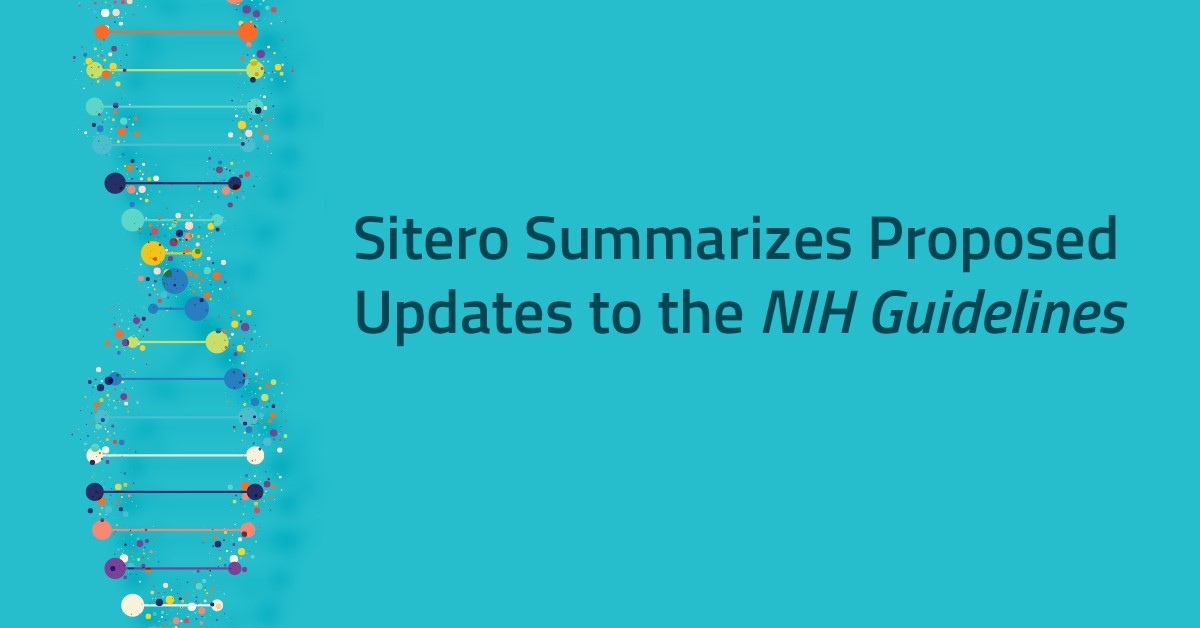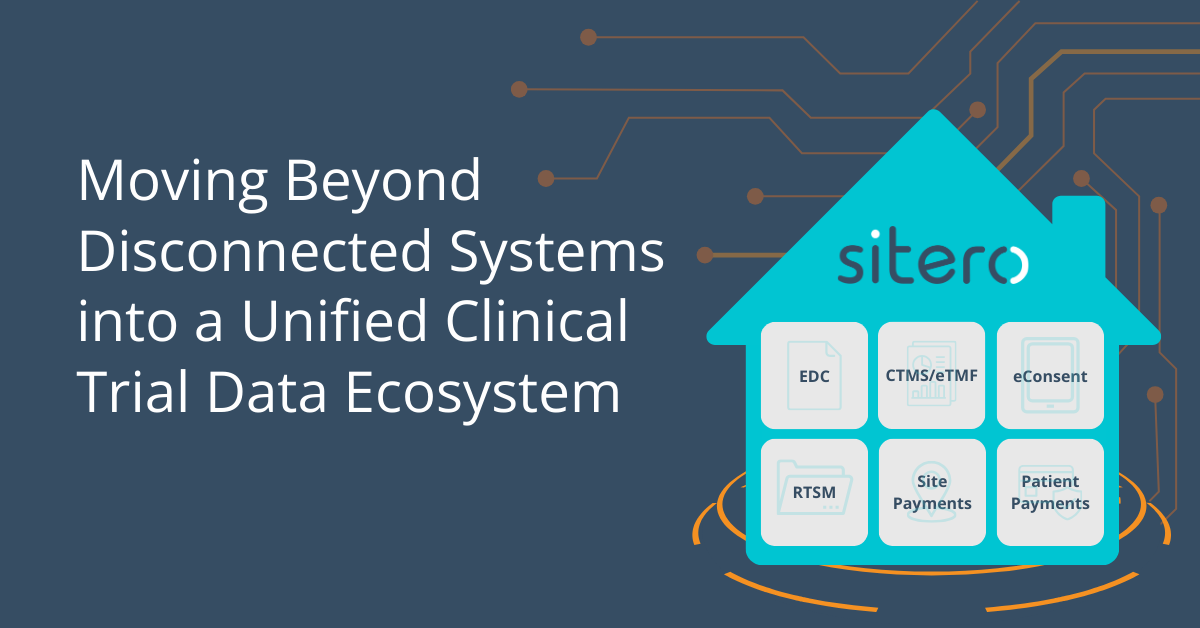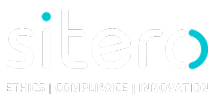
Summary: Proposed Updates to the NIH Guidelines for Research Involving Recombinant or Synthetic Nucleic Acid Molecules
Author: Ryan Bartlett, Biosafety Officer, Sitero
On August 10, 2023, the National Institutes of Health (NIH) published a Notice regarding proposed amendments to the NIH Guidelines for Research Involving Recombinant or Synthetic Nucleic Acid Molecules (NIH Guidelines). The full proposal is posted in this Federal Register notice and is open for comments until October 10, 2023.
These proposed revisions come after a review was performed by the Novel and Exceptional Technology and Research Advisory Committee (NExTRAC). The NExTRAC Advisory Committee was tasked with reviewing the current guidelines and whether they provided sufficient information for institutions to perform gene drive research safely. Based on the review, the guidelines have proposed revisions, which are outlined in this document.
The proposed updates to the NIH Guidelines involve the addition of language around gene drive modified organisms (GDMO), updating “helper virus” to “helper systems,” and reclassification of the risk group (RG) for two viruses.
What are Gene Drive Modified Organisms?
GDMOs are organisms whose genomes have been intentionally altered through genetic engineering to carry a gene drive system. Gene drives are defined by the NIH as “a technology whereby a particular heritable element biases inheritance in its favor, resulting in the heritable element becoming more prevalent than predicted by Mendelian laws of inheritance in a population over successive generations.”
The primary purpose of creating GDMOs is to manipulate or control populations of organisms, often with the goal of addressing environmental or public health issues. For example, GDMOs can be designed to suppress or modify populations of disease-carrying insects like mosquitoes, invasive species, or agricultural pests, with the aim of reducing the transmission of diseases, preserving native ecosystems, or protecting crops.
Gene drive technology has raised significant ethical and ecological concerns, as the potential for unintended consequences and the permanent alteration of natural populations is a subject of debate and ongoing research. Scientists and policymakers are working to establish guidelines and safeguards for the responsible use of gene drive modified organisms to minimize risks and maximize benefits.
Gene Drive Modified Organisms Revisions
The current NIH Guidelines were published in 2019 and do not provide guidance on GDMOs, partly because the technology for GDMOs was still emerging. The goal of the NIH Guidelines updates is to address the concerns associated with GDMOs, and provide guidance for Institutional Biosafety Committees (IBC) and Biosafety Officers (BSO).
Several sections of the Guidelines have proposed updates to capture the use of GDMOs and the potential risks associated with their generation. The revisions only pertain to contained research (in a laboratory). The Guidelines do not currently, or in the revisions, support field release of GDMOs.
Section I-E
The first proposed revision is to Section I-E-7, which provides the previously stated definition of “gene drive.”
Section II-A
Section II-A-3 Comprehensive Risk Assessment has been revised to provide guidance to BSOs and IBCs on performing risk assessments involving gene drives. Since GDMOs are relatively new in their use, the potential risks may be unknown. However, with these considerations, an institution can perform appropriate risk assessments and apply the correct containment measures. The major revision to this section has added the following:
Research involving gene drive modified organisms may require risk assessments that incorporate a broader scope of considerations because of greater uncertainty of the technology and potential uncertainty of the impact of the newly modified organism. Specific attention must be paid to risks of an unintended release from the laboratory and the potential impact on humans, other populations of organisms, and the environment.
Considerations for conducting risk assessments for research involving gene drive modified organisms might include:
-
- The specific types of manipulations based on:
- Function or intended function of the genetic/gene drive construct ( i.e., a designed or engineered assembly of sequences);
- Source of the genetic material ( e.g., sequences of transgenes) in the construct;
- The modifications to the construct;
- Whether it is possible to predict the consequences of a construct, including the recognition of an unintended gene drive ( i.e., construct not specifically designed as a gene drive but nonetheless having properties of a gene drive) and the possible consequences of escape into the environment;
- The potential ability of the gene drive to spread or persist in local populations;
- Options for approaches to risk mitigation for specific types of risks in experiments or when dealing with a high degree of uncertainty about risks;
- Considerations for implementing more stringent containment measures until biosafety data are accrued to support lowering containment.
- The specific types of manipulations based on:
Sections III-C
Sections III-C and III-F have proposed language updates to more clearly outline the risks associated with the introduction of a stable genetic element, which could generate GDMOs. Section III-C-1 Experiments Involving the Deliberate Transfer of Recombinant or Synthetic Nucleic Acid Molecules, or DNA or RNA Derived From Recombinant or Synthetic Nucleic Acid Molecules, Into One or More Human Research Participants, has the following proposed revision which changes the phrase “integration into the genome” to:
Possess biological properties that enable introduction of stable genetic modifications into the genome (e.g., cis elements involved in integration, gene editing);
Sections III-F
Section III-F-1 has proposed revisions to update similar language. The new revisions would change Section III-F-1 to read:
Those synthetic nucleic acids that: (1) can neither replicate nor generate nucleic acids that can replicate in any living cell (e.g., oligonucleotides or other synthetic nucleic acids that do not contain an origin of replication or contain elements known to interact with either DNA or RNA polymerase), and (2) are not designed to introduce a stable genetic modification, and (3) do not produce a toxin that is lethal for vertebrates at an LD50 of less than 100 nanograms per kilogram body weight. If a synthetic nucleic acid is deliberately transferred into one or more human research participants and meets the criteria of Section III–C, it is not exempt under this Section.
Section III-D
Revisions to Section III-D Experiments Involving Whole Animals add language to clarify the types of genetic modifications that can be performed in animals. Section III-D-4-c-(3) is a new subsection that states:
Section III–D–4–c–(3). Experiments involving the generation or use of gene drive modified animals require a minimum of BL2 containment and are covered under III–D–8, Experiments Involving Gene Drive Modified Organisms.
Section III-D also starts a new reference to Section III-D-8 Experiments Involving Gene Drive Modified Organisms. This new section is proposed to read:
Experiments involving gene drive modified organisms generated by recombinant or synthetic nucleic acid molecules shall be conducted at a minimum of Biosafety Level (BL) 2, BL2–N (Animals) or BL2–P (plant) containment.
Several other sections include updated language to cover gene drives and directs personnel to the new Section III-D-8.
Section III-D-5 Experiments Involving Whole Plants has proposed revisions to include GDMOs as well. The updated section would include:
Experiments involving the generation or use of gene drive modified organisms require a minimum of BL2 containment and are described under Section III–D–8, Experiments Involving Gene Drive Modified Organisms.
Section III-E
Section III-E-3 Experiments Involving Transgenic Rodents has had the following proposed language added to the end of the section to provide reference to the new Section:
Only experiments that require BL1 containment are covered under this section; experiments that require BL2, BL3, or BL4 containment are covered under Section III–D–4, Experiments Involving Whole Animals or Section III–D–8, Experiments Involving Gene Drive Modified Organisms.
Section III-E-3 Experiments Involving Transgenic Rodents has had the following proposed language added to the end of the section to provide reference to the new Section:
Only experiments that require BL1 containment are covered under this section; experiments that require BL2, BL3, or BL4 containment are covered under Section III–D–4, Experiments Involving Whole Animals or Section III–D–8, Experiments Involving Gene Drive Modified Organisms.
NExTRAC Review
The NExTRAC review also provided proposed revisions to IBC and BSO sections. These updates are meant to add GDMOs to the list of research types that require an institution to appoint a BSO. Institutions that conduct research with GDMOs are now expected to appoint a BSO who is a member of the IBC. This is added to the list of items such as research at BSL3, or research that involves high volume (greater than 10L). Sections IV–B–1–c, IV–B–2–a–(1), and IV–B–3 all have proposed language to state that an institution will identify a BSO for GDMO research.
Section V
A new section to outline the potential ecosystem impact of GDMOs is proposed as:
Section V–N Determination of whether a gene drive modified organism has a potential for serious detrimental impact on managed (agricultural, forest, grassland) or natural ecosystems should be made by the Principal Investigator and the Institutional Biosafety Committee, in consultation with scientists knowledgeable of gene drive technology, the environment, and ecosystems in the geographic area of the research.
Other Revisions to the Guidelines
The NIH is updating the term “helper virus” to “helper system” in an attempt to capture a broader scope of potential risks. Helper systems include processes such as transient transfection systems, packaging cell lines, replicon systems, and helper viruses, which all have the potential to generate replication-competent viruses. This new term “helper system” will better capture the full scope of tools that are used by molecular biologists to modify organisms.
The Guidelines’ revisions are also updating the risk group classification of two viruses. In Appendix B, West Nile virus (WNV) and St. Louis encephalitis virus are both currently classified as RG3. The new revisions propose these viruses be classified RG2 to align with the current BMBL.
Conclusions
While these revisions are still in the proposal and comment phase, institutions should begin to prepare for the eventual approval of these or similar revisions. While gene drive technology is a key research component that has the potential to help us understand a wide range of diseases, it must be performed safely.
These additions to the NIH Guidelines serve as a starting point for institutions to implement new safety measures that will allow for gene drive research to begin/continue, and to protect their workers, the public, and the environment.
In light of these proposed revisions to the NIH Guidelines, it is crucial for institutions to proactively prepare for their eventual approval or the adoption of similar guidelines. Ensuring the safe conduct of gene drive research is paramount, and Sitero’s biosafety services are here to support you every step of the way. If you have any questions or require assistance in implementing these new safety measures, please don’t hesitate to reach out to us. Together, we can advance research while prioritizing the well-being of our workers, the public, and the environment.
The future of clinical trials is a unified, interoperable ecosystem. Sitero’s Mentor platform is leading this transformation, ensuring that clinical trials are more efficient, compliant, and streamlined than ever before. Learn more in our latest blog:
Today’s trials require data entry from anyone, anywhere including patients, sites, home nurses, and remote investigators. Learn why EDC systems must evolve to support decentralized trails in our latest blog:




